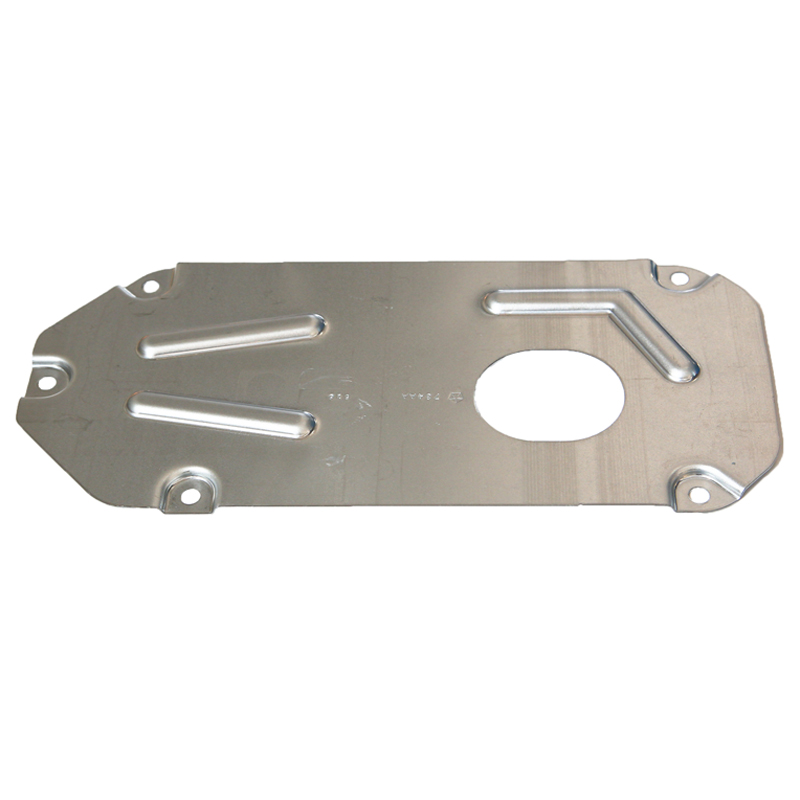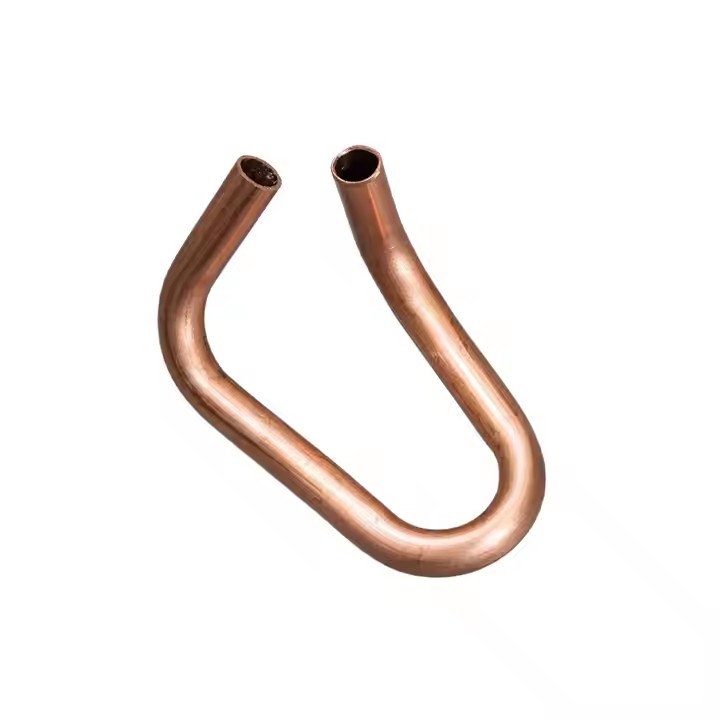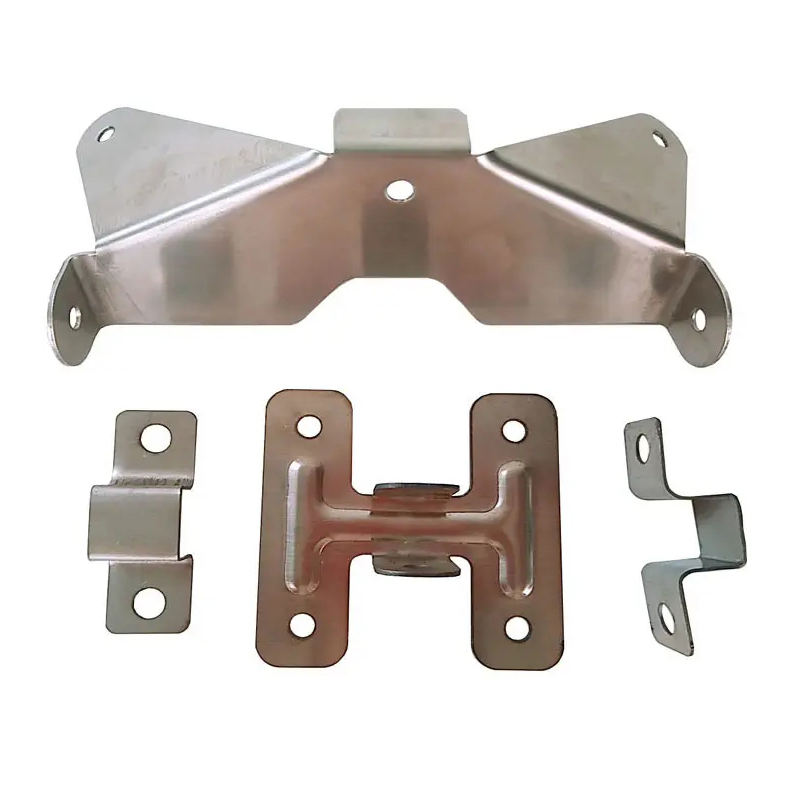Wholesale Cheap Replacement Aftermarket Car Parts
car parts, car parts wholesale, aftermarket car parts, auto car parts, replacement car parts. Quick customized on aftermarket car parts,just send us original samples or drawings.

car parts, car parts wholesale, aftermarket car parts, auto car parts, replacement car parts. Quick customized on aftermarket car parts,just send us original samples or drawings.

CNC bend factory provide cnc metal tube bending service CNC bending factory made in China Our factory provide cnc tube bending service CNC bending service available CNC Bend OEM Best quality cnc metal bending

Provide OEM ODM service for metal stamping,stainless steel stamping. Our factory has over 25 years of experience in precision sheet metal stamping. High volume metal stamping with factory price. High precision metal stamping made in China.
Low Volume Short Run Diy Sheet Metal Stamping
DIY sheet metal stamping is a great way to create custom metal parts at home or in a small workshop. While it can be a bit tricky, especially if you're new to working with metal, with the right tools and techniques, you can make some pretty cool stuff. Here's an overview of the process and what you’ll need:
1. Materials
Sheet Metal: You’ll need a thin sheet of metal (usually steel, aluminum, or brass). The thickness of the metal will depend on the type of stamping you're doing.
Stamping Dies: These are molds or templates that you’ll use to shape the metal.
Lubricant: Using a lubricant (like oil) will help ease the stamping process and prevent wear on your tools.
2. Tools
Metal Punches or Dies: For smaller DIY projects, you can use simple punches or create your own dies from scrap metal. For larger projects, you'll need a more professional die set.
Hammer or Mallet: If you're using hand tools, a solid hammer or rubber mallet can help you apply force.
Press Machine (Optional): A hydraulic press or mechanical press can help apply consistent pressure and create precise stamped shapes. You can find DIY press machines, but they require more investment.
Workbench: A sturdy, flat workbench is important to support the metal and tools during stamping.
3. Steps
Design: Create a design for your stamped part. This can be something as simple as a pattern or as complex as a detailed logo. If you're doing custom work, it’s best to sketch it out on paper or use CAD software to plan your design.
Create or Buy Dies: If you’re creating your own dies, you’ll need to craft a male and female mold (or a punch and die). You can use materials like steel or aluminum to make the dies, shaping them with hand tools or a milling machine.
Prepare the Sheet Metal: Cut the sheet metal to the size you need. A metal cutter, snips, or even a laser cutter (if you have access) can do this. Make sure your edges are smooth.
Set Up Your Stamping Station: If using a press, position the sheet metal under the press, ensuring it's lined up with your die. If you’re using a hammer, align the die and sheet metal on a solid, flat surface. Make sure you have enough space and stability for applying force.
Apply Pressure: For a hand press, slowly and steadily apply pressure to the sheet metal until it forms the desired shape. If you're using a hammer, carefully hit the top of the punch or die to create the stamp.
Inspect the Part: Once stamped, inspect the metal part for any imperfections or issues. You might need to deburr the edges or clean up the surface.
4. Tips for Success
Work in a Well-Ventilated Area: Metal stamping can involve fumes from lubricant or heating processes. Make sure your workspace is well-ventilated.
Start with Simple Designs: If you're new to stamping, start with basic shapes or simple designs to get the hang of it before attempting more complex pieces.
Use the Right Metal Thickness: Thicker metals are harder to stamp, so choose an appropriate thickness based on the stamping pressure you can apply.
Check Die Alignment: Misaligned dies can result in uneven stamps or damage to the tool. Double-check that everything is lined up correctly before applying force.
5. Common DIY Applications
Custom Metal Plates: Nameplates, tags, or labels.
Parts for Gadgets or Equipment: If you're building or modifying machines, you can stamp custom parts.
Jewelry Making: Stamping metal for rings, pendants, or bracelets.
Art Projects: Use stamps to create artistic patterns or textures in metal pieces for wall art or sculptures.
Example Project: DIY Metal Keychain
1. Design: Create a simple design (e.g., a name or a shape) for a keychain.
2. Materials: Get a small sheet of aluminum or brass.
3. Stamping: Place the sheet in your die and apply pressure to stamp the design.
4. Finishing: File the edges of the keychain to smooth them out, add a hole for a keyring, and polish the metal.